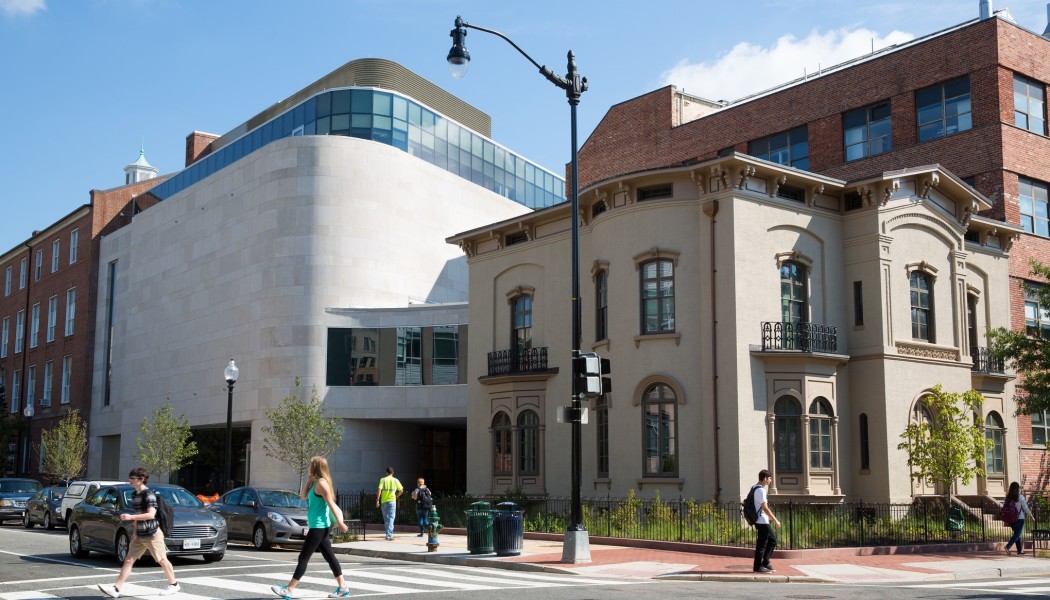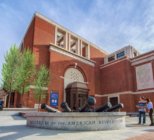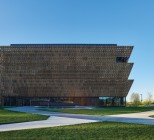The new museum complex combines the renovation of the historic Woodhull House, which now showcases the Albert H Small Washingtoniana Collection and Center for National Capital Area Studies, with a newly constructed building that includes dedicated space for The Textile Museum, the Arthur D Jenkins Library and a museum shop. The Textile Museum will now be able to better showcase its extensive collection having moved from a smaller building in the city. The opening marks the final step of a nearly three-year integration process that has brought the 90-year-old Textile Museum and Washingtoniana Collection to George Washington University campus.
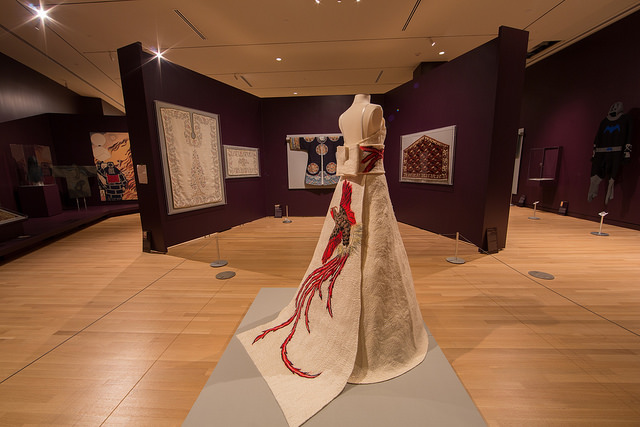
The museum, designed by Hartman-Cox Architects, includes galleries, virtual displays and space for academic and scholarly activity, and public programmes. A 53,000 sq ft museum complex is located on GW’s Foggy Bottom Campus and a 22,000 sq ft conservation and collections resource centre is located on GW’s Virginia Science and Technology Campus.
The new Foggy Bottom complex includes 46,000 sq ft of new museum and exhibition space attached to the 7,000 sq ft historic Woodhull House. The museum complex is also Leadership in Energy and Environmental Design (LEED) Gold certified. “As a curator I am extremely excited about the spaciousness of the new galleries, we have so many more square feet than we have ever had before so we’re going to be able to do larger exhibitions and show more textiles,” said Lee Talbot, curator of eastern hemisphere collections. “I am also very excited about the location here on a vibrant university campus where we will have all kinds of new visitors coming in to see our exhibitions.”

Through exhibitions, programmes and academic courses, the museum aims to enrich research, education and cultural understanding both across and beyond the university. The museum includes the 20,000-volume Arthur D Jenkins Library, which is the world’s oldest library devoted exclusively to the textile arts and is among the most important resources for the study of textiles. The Albert H Small Center for National Capital Area Studies, featuring the Washingtoniana Collection, is located in the historic Woodhull House and seeks to engage students, scholars and the public in research and educational programmes pertaining to the US capital. “The GW’s commitment to international relations and cultural studies fits in beautifully with The Textile Museum’s international collection as well as the Washingtonian’s area studies and we really hope the missions of these two institutions come together,” said museum director John Wetenhall.
The Textile Museum first opened its doors by appointment to visitors in 1925 by George Hewitt Myers with a collection of 275 rugs and 60 related textiles. The collections now encompass more than 19,000 artworks, including approximately 1,000 hats and related headgear The Textile Museum’s collections span five continents and five millennia and has one of the world’s premier collections of carpets from Islamic cultures, with rugs from Spain, Egypt, Turkey and Iran. The oldest textiles in the collections are fragments from 2500-3000 BC, from what is now Peru.
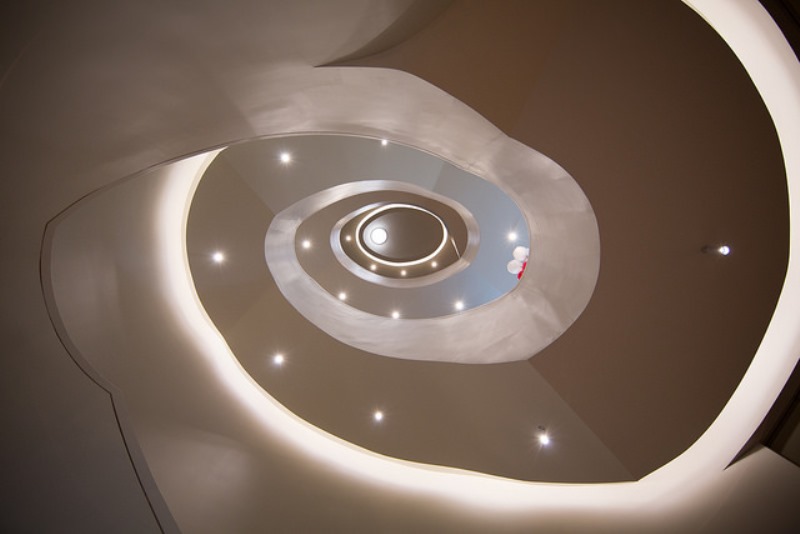
In February 2011, Albert H Small donated £3.4m to GW toward the construction of the museum and his collection of the history of Washington, DC, nearly 60 years in the making. The collection includes 1,000 objects documenting the history of Washington, DC including rare maps, drawings, letters and documents. One of the rarest and most interesting pieces is a letter written by George Washington to Congress in 1790 outlining the 10 square miles that would be the capital.
The museum will open with three exhibitions: Unravelling Identity: Our Textiles, Our Stories, Seat of Empire: Planning Washington, 1790–1801 and The Civil War and the Making of Modern Washington.
Design firm Cooper Carry designed the 22,000 sq ft conservation and collections resource centre that was built on GW’s Virginia Science and Technology Campus to facilitate access to and ensure the protection, study and care of the collections. The LEED Silver-certified facility contains temperature and humidity controls and an air filtration system, none of which were present at The Textile Museum’s original location. The conservation lab restores objects before exhibitions. It is nearly twice as large as The Textile Museum’s former lab and includes room for worktables for treating textiles, a designated area for wet cleaning and a separate dye lab. A specially built photography studio allows for the study and photography of large-scale pieces.

